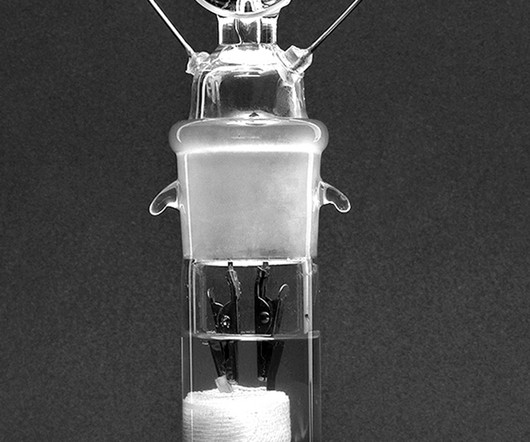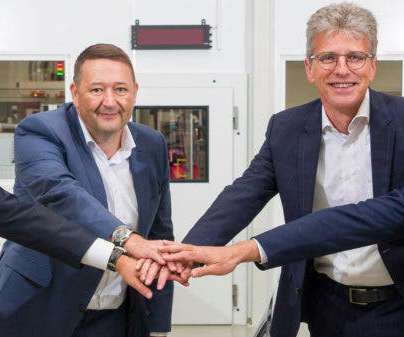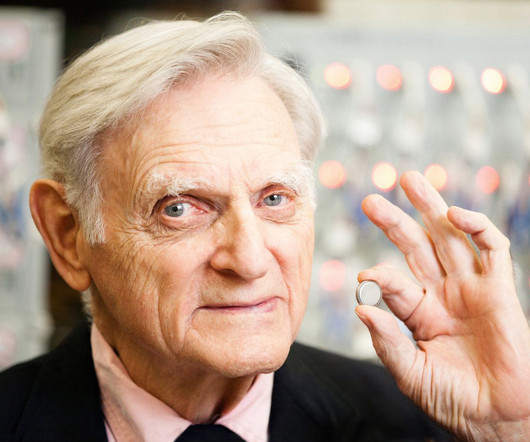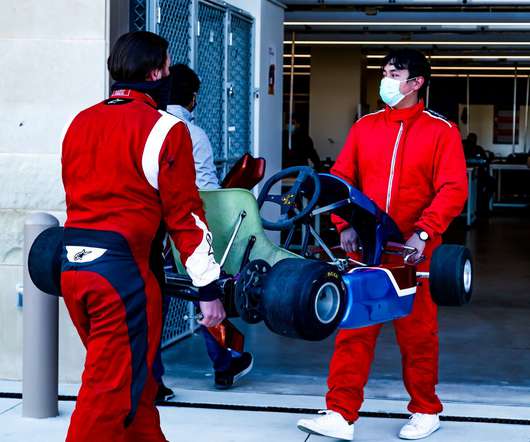UT Austin, Stony Brook researchers develop thicker high-energy-density electrode
Green Car Congress
SEPTEMBER 27, 2022
Researchers at The University of Texas at Austin and Stony Brook University have fabricated a thicker electrode for lithium-ion batteries by controlling nanosheet assembly via the combination of an external magnetic field and drying-based densification. The researchers emphasized they are early in their work in this area.

































Let's personalize your content